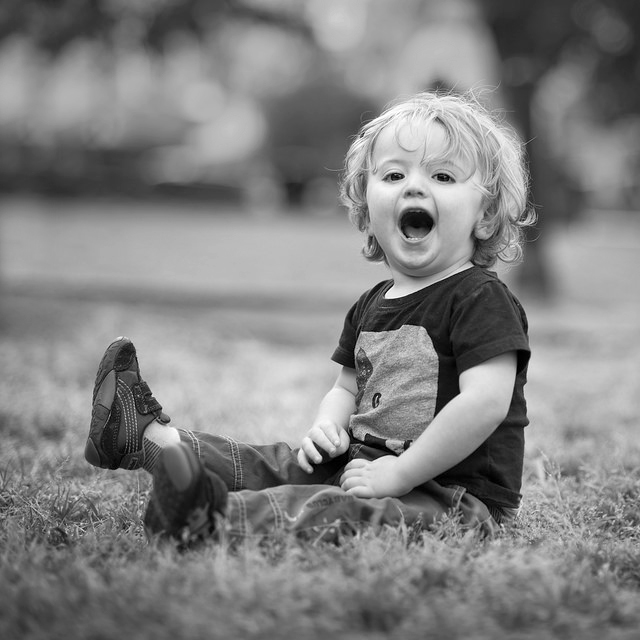“How do I get a blurry background in my photos?” is one of the most common questions that a photographer gets from people who are learning how to shoot, so we thought we would write up a quick bokeh tutorial!
The thing is, getting a blurry background in your photo is actually quite easy.
And those beautiful “bokeh” images are very popular both among professionals and among audiences. The great thing is that learning how to shoot bokeh images is actually pretty easy. In this article, we are going to cover how to do this “in camera” (you can also do it in post-production in Photoshop or Lightroom, but those are tutorials for another day).

What is Bokeh?
Ok, so strictly speaking, bokeh “is the aesthetic quality of the blur produced in the out-of-focus parts of an image produced by a lens.”
In practical terms (and for the purpose of this quick tutorial), it usually refers to the background of an image being out of focus.
The usual reason for attempting to get an effect like this is to draw the viewer's eye to the part of the image that is in focus.
How to Get a Blurry (Bokeh) Background in Your Photographs “In Camera”
The mark of skill of the photographer is being able to get the photograph as they imagine it as close to “finished” as possible before adding the finishing touches in post-production. Basically, you only want to use post-production (Photoshop, Lightroom etc) to finish off an image. You don't want to use it for the heavy lifting.
With that in mind, the good news is that getting great background bokeh in your images by using the gear you have available is quite straightforward. We even have a solid guide to getting bokeh with a kit lens to show that it doesn't require a lot of gear.
Here are the fundamental steps for blurry backgrounds:
- Extend your zoom lens to its longest focal length
- Get as close to your subject as possible while keeping them/it in focus
- Keep the background as far away as possible
Or, if you prefer to learn visually, take a look at this quick little graphic I made up (apologies, I am not a graphic designer as you can probably tell!).

Those three steps will ensure you get the best quality bokeh that is possible in each instance. Of course, if you are shooting a prime lens, then you won't even have to do the first step.
A Few Bokeh Images to Inspire You
As you can see, the bokeh effect can be quite stunning.

photo by Pham Trung Kien

photo by Janko Ferlic

photo by cocoparisienne
More Resources on Bokeh Photography
Light Stalking http://ift.tt/2He3hq6
Sourced by Time Trap Photography sharing the best photography tips, news and tricks throughout the industry. Time Trap Photography is dedicated to freezing those special moments in life that can be revisited and admired for generations to come. - Shannon Bourque
Please visit our main site for booking availability and rates.

Receive valuable industry knowledge delivered free to your email each day.







No comments:
Post a Comment
Thank you so much for your comment. A moderator will review and approve all relevant posts. We appreciate your support and encourage you to stay with us by subscribing to our email updates. Where you can easily pick and choose what photography subjects interests you. Subscription link: http://bit.ly/photo-sub